Drones are about to transform the way we transport groceries, takeouts, medical supplies, home deliveries, your morning coffee… even people.
And that means we need a failsafe way to track the thousands of pilotless vehicles flying above our heads.
For ordinary aircraft, with human pilots, we have air traffic controllers who clear flights for take-off and landing and make sure planes keep a safe distance from each other.

For drones there will be an automated system run by computers rather than people. Israel is working towards a system of “managed airspace”, where a single, central agency will oversee all drone movements.
“We’re building this ecosystem from zero, to be autonomous and managed only by computers,” says Daniella Partem, head of the Israeli Center for the 4th Industrial Revolution, part of the Israel Innovation Authority.
“You’ll launch a drone with a specific mission and it will fly autonomously, without a visual line of sight.”
Every drone operator will digitally share their flight details with every other operator, unlike today’s air traffic control systems. The drones will communicate not only with their operator, but also with other drones.
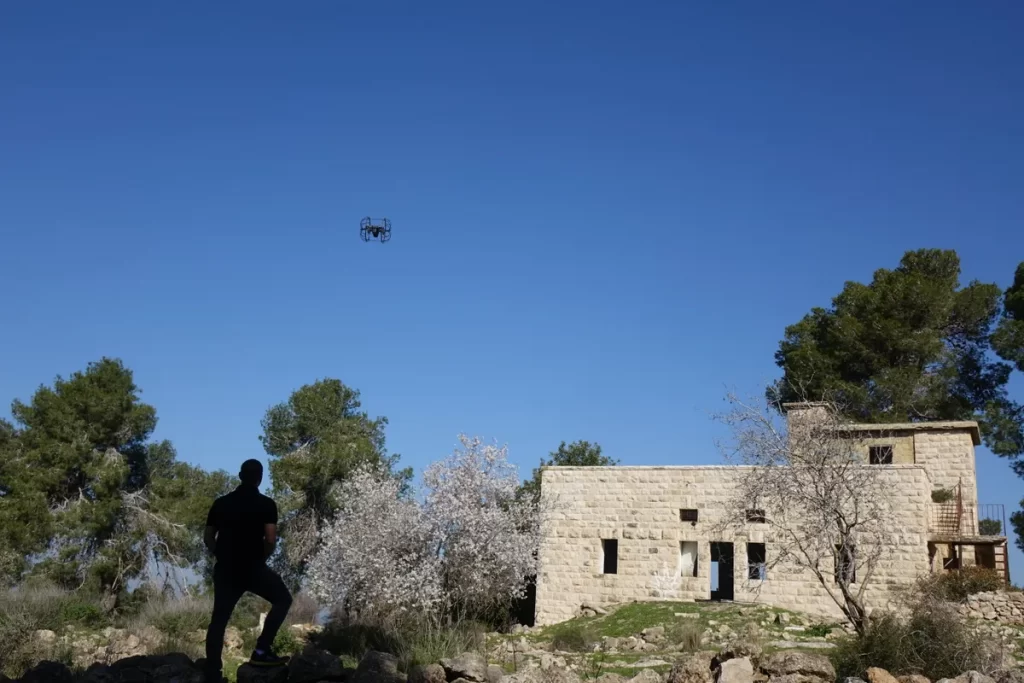
“We had one demonstration in which a helicopter flew through to see how the drones would respond,” Partem tells NoCamels.
“We saw them change their route, which showed that the system works and can help us avoid collision.”
She says it’s one of the first times a government and companies developing a technology have worked together to draw up a set of rules, rather than the government simply imposing them.
Over the last two years more than 15,000 drone test flights took place across Israel as part of the National Drone Initiative, aimed at mapping out the country’s drone future.
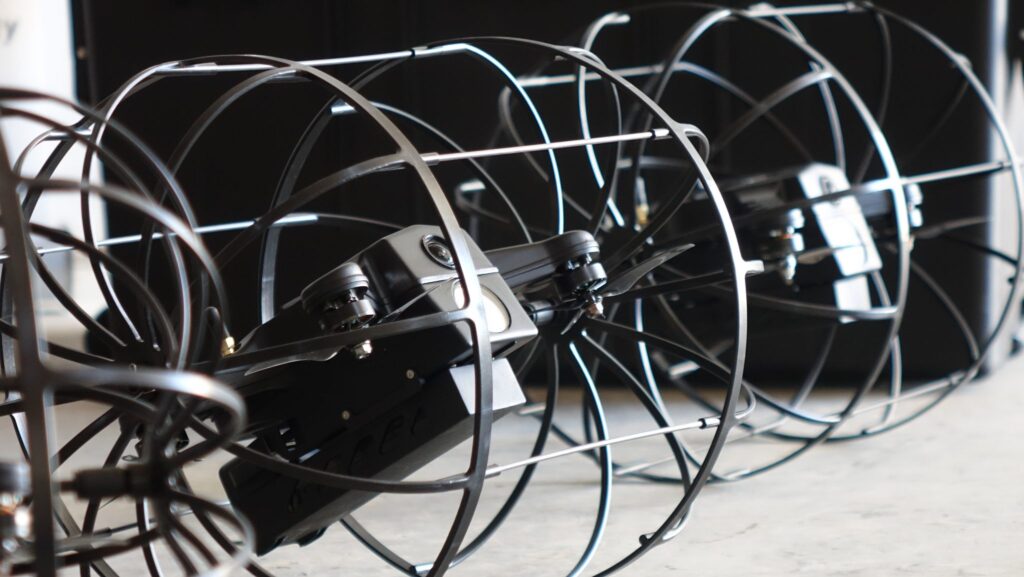
That initiative has now been extended for 2023/4. One drone company every month will be conducting trials, flying longer distances, carrying heavier loads and, at some point in the future, carrying passengers.
Here are some of the Israeli drone companies taking part in the trials:
Robotican
Drones won’t just make deliveries more convenient in the coming years. They also pose a threat to security, being capable of surveillance, propaganda, and aerial strike attacks. Problem is, they’re too small to be defeated by traditional air defense systems.
Robotican develops autonomous drones that assure aerial protection against the threat of hostile drones. Its Goshawk system detects hostile unmanned aerial vehicles (UAVs), and uses nets to capture and release them anywhere before they are capable of carrying out their tasks, preventing collateral damage caused by using missiles or long-range air-defense weapons to neutralize them.
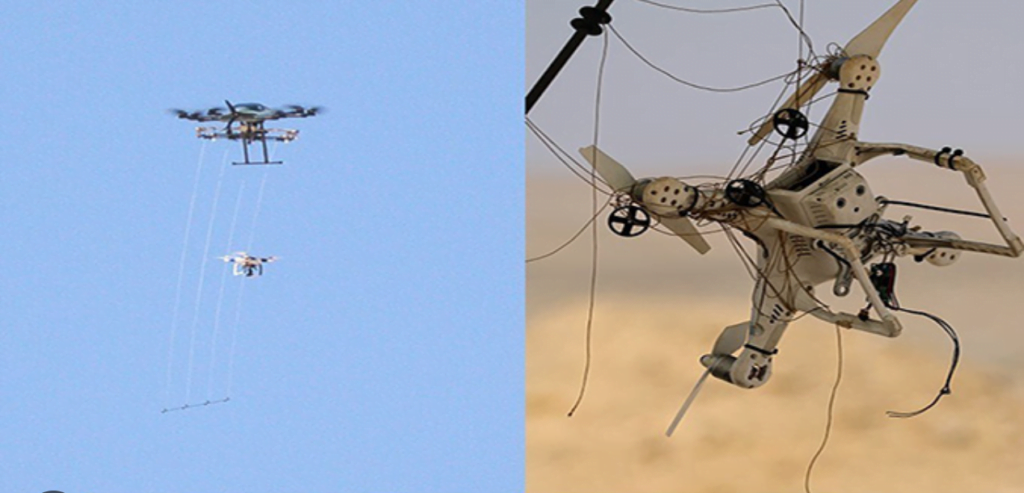
The company says it has already successfully intercepted over 680 hostile UAVs.
Robotican also developed a drone that provides ground and air reconnaissance. The Rooster provides real-time video footage and is used to support first response teams in dangerous environments, security and defense teams, and industrial inspections.
Sign up for our free weekly newsletter
SubscribeIt can roll into narrow passes, go both up and downstairs, and fly over obstacles and through windows. The Rooster can also stop and turn off its motors to listen and watch for any potential survivors.
Cando
Cando creates autonomous drones for applications ranging from emergency forces and public safety to medical and food deliveries.
The drones are equipped with advanced software and capabilities – like orthomosaics, or being able to snap aerial photos with super-high detail and resolution. They are capable of understanding their surroundings using lidar (light detection and ranging), measuring the time it takes for light from lasers to bounce off of surfaces and objects and return to them.

In December, it launched a pilot with Rami Levy, one of Israel’s biggest supermarket chains, to deliver groceries without any involvement from a human pilot.
“We have been building the infrastructure for commercial delivery for the last two years and finally we have signed to cooperate with Rami Levy,” Julia Katz, Vice President or Strategy and Infrastructure of Cando, told NoCamels.
Elsight
One of the biggest challenges in developing drones is maintaining contact over long distances. There comes a point when remote operators lose their connection, which means they don’t know where the drone is and they can can’t communicate with it.

Elsight has created a tiny chip that ensures they stay connected to their remote operators – any time, any place, and in any drone.
Its Halo system uses multiple communication links, so that if one type of communication channel fails, it will instantly transmit the data to an alternative link.
It also enables the simultaneous operation of numerous drones from the same control center.
The Halo chip has already been implemented in UAVs used in monitoring the health of crops and tracking herds of cattle, in surveying land and inspecting construction sites, and preventing fires caused by damaged power cables for utility companies.
Air Methods, a helicopter operator, has recently partnered with Elsight to use its chips for its Spright drone division, which provides emergency medical services to more than 100,000 patients across 48 states in the US.
High Lander
As more drones take to the skies, several problems may arise – like ensuring there are enough people to pilot them all, preventing collisions, and providing full autonomy.
High Lander has created a software that can make any drone smart and autonomous, without the use of additional hardware.
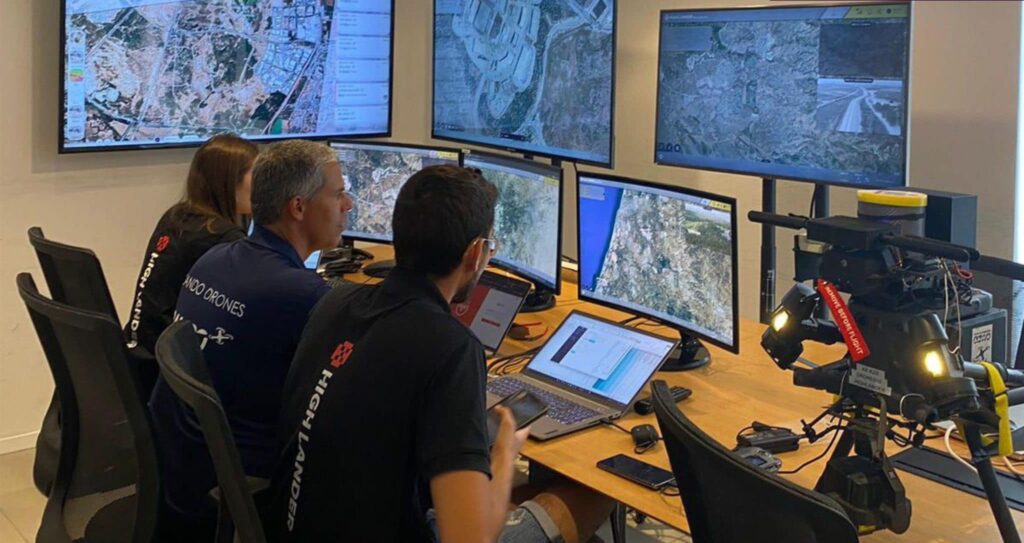
The software allows drones to detect and inspect objects, land and charge themselves, and perform multiple missions.
It also has a mission control platform to help remote operators control all aspects of the missions from takeoff to landing. They can use the platform to see their individual drone’s live video feeds at any given moment, get real-time notifications, and can enter a ‘remote cockpit’ to pilot the drone manually if needed.
Operators can also send a link to any person, even someone outside of the organization, so they can see what the drone is doing and seeing in real-time.
Related posts

Editors’ & Readers’ Choice: 10 Favorite NoCamels Articles

Forward Facing: What Does The Future Hold For Israeli High-Tech?

Impact Innovation: Israeli Startups That Could Shape Our Future


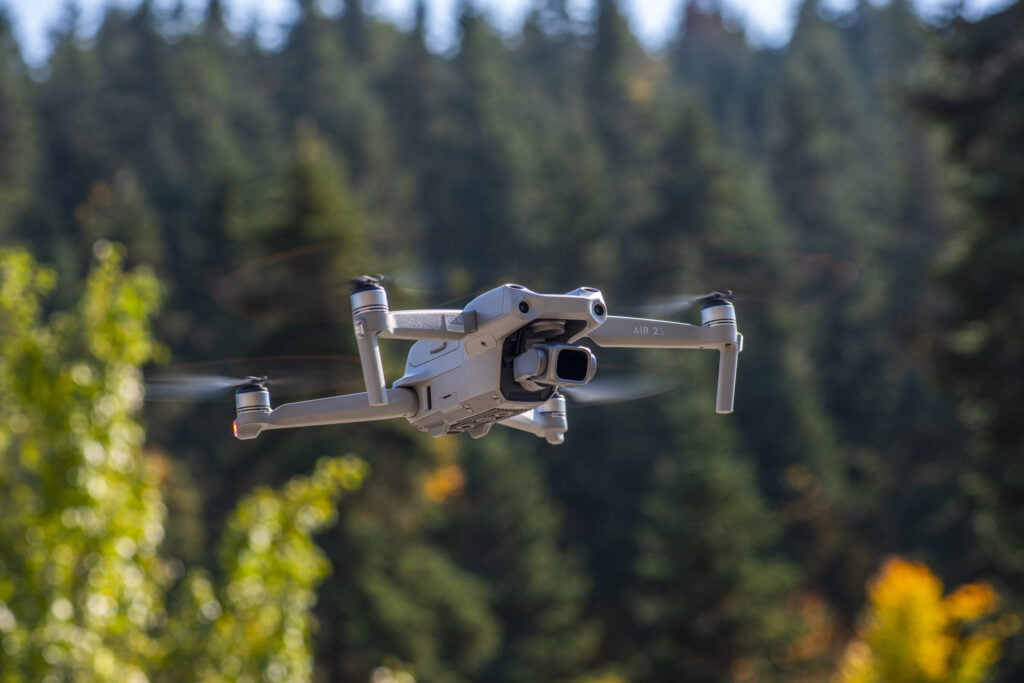

Facebook comments